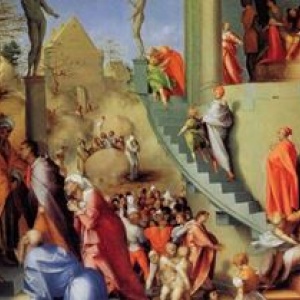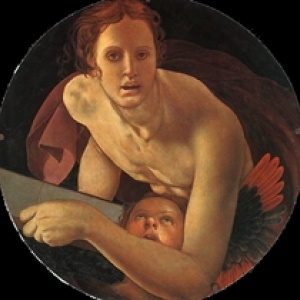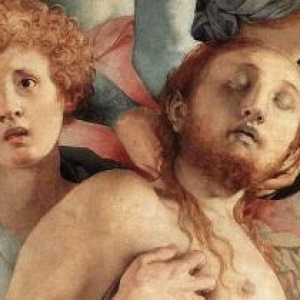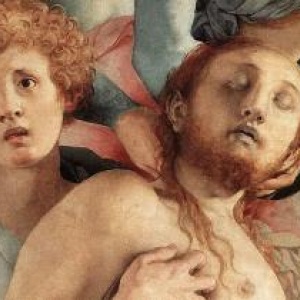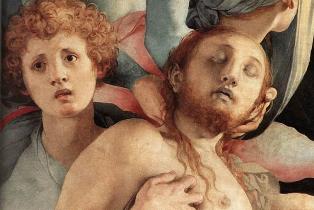
WTI Magazine #19 2014 Feb, 28
Author : Enrico de Iulis Translation by: Alessandra Bitetti
In the history of art it is defined "Mannerism" the generation of painters – from Florence to Rome - that are influenced by Raphael and Michelangelo innovations, merging and taking them on an extreme level.
It's a movement born in the first years of 1500 that for the entire century changed the traditional painting of the centre of Italy of the Renaissance by using saturated colors, imbalances in the drawing composition and very marked shadings.
Jacopo Carucci, usually known as Pontormo, is one of the forefathers of this style, the undisputed heir - for his nature and creativity - of Michelangelo Buonarroti.
The artist studied in Florence, an active city full of small workshops belonging to the best artists of the Renaissance. This was the period when Florence was dominated by the House of Medici. There were many orders for artists and if someone didn't find anything, he was called to work in Rome in some residence of a cardinal or a noble or an upper Tuscan merchant representing the Papal States.
Jacopo worked for Piero di Cosimo and Fra Bartolomeo; he met Michelangelo and Leonardo and all the entire Florentine generation of people his own age who was called by Francis I of France to work for Fontainebleau. Still, he shaped his style in the workshop of Andrea del Sarto where he met Rosso Fiorentino, who became his best friend. In fact, when they were 18, their Master ordered them a part of the decoration of the Chiostrino dei Voti for the Basilica of the Most Holy Annunciation in Florence.
A few years later, around 1517, Pontormo began to develop an anti-classical language, unbalancing the compositions and making them almost dreamlike, saturating the colors in a modern way, getting colors that still look acrylic and not natural, as they were in reality. These are the years of beautiful paintings, including the "Joseph in Egypt" one of the most famous works of the artist. This productions made him known and appreciated, and so the Medici family, in 1519, called him to decorate the hall of Poggio in Caiano, one of the most famous Medici villas. The result was surprising: he used an innovative style in the marked line, in the arrangement of the figures that seems cut out and fixed, with innovative colors in their association between the bottom and the depiction.
The plague of 1522 brought him and his assistant Bronzino in the Certosa of Galluccio, where, while he was seeking refuge from the epidemic, he decorated the cloister in a style close to Durer's: he painted extended figures, pathetic exasperated expressions and he definitively walked away from the traditional Florentine style.
He had his final consecration with the works of the Capponi Chapel in Santa Felicita, where he created the altarpiece of the Entombment of Christ, maybe his most famous work.
Unfortunately, almost all the works of his last years have been destroyed, but since they were all ordered by the Medici family (the Sacristy of San Lorenzo, and the villas in Careggi and in Castello), we can certainly affirm that Jacopo Carucci was still among the most respected artists in Florence in the mid- '500.
Pontormo was an exuberant, tormented artist, with paranoid traits, such as told by his journal: a modern painter also in his attitudes, because he was an instigator and a riotous regarding the formalities. All this features made him very unpopular with Vasari, who will tear apart many of his works, but also let him be put close to Michelangelo regarding the method of the creation, the original structure and the innovative ideas.




